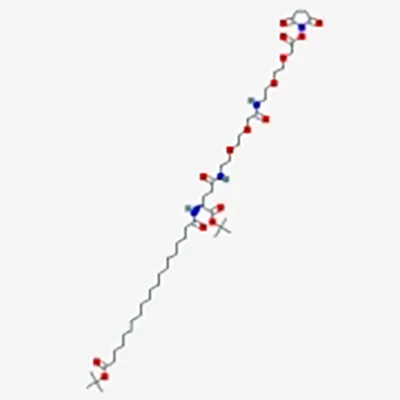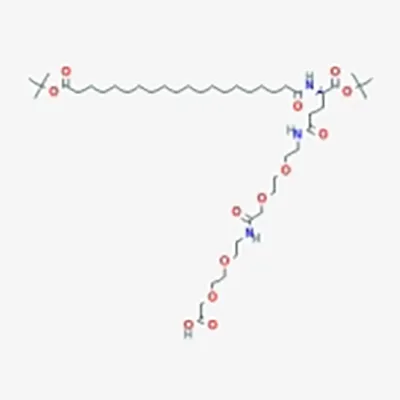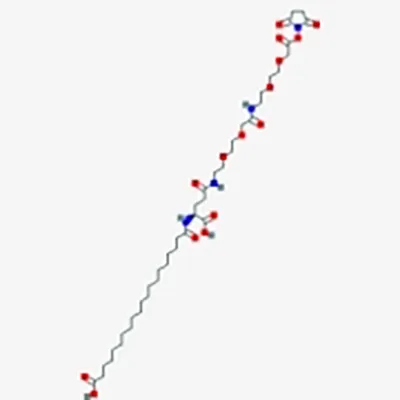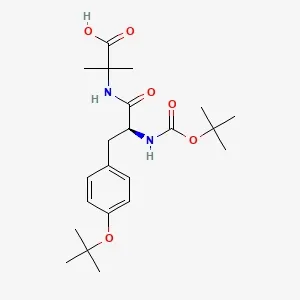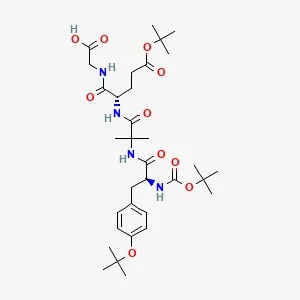
Amino Acids & Derivatives for Cell Culture
L-Alanyl-L-tyrosine
As a dipeptide combining alanine and tyrosine, L-Alanyl-L-tyrosine (CAS No. 3061-88-9) is used to support cell growth in environments that demand precise amino acid control. It appears as a white crystalline powder, with a molecular weight of 252.27 g/mol and 99% min purity. This compound has an important role in chemically defined media by delivering tyrosine in a more soluble and stable form than its free amino acid counterpart. It is beneficial for cell culture systems requiring consistency and high-performance protein synthesis. To preserve its quality and stability, L-Alanyl-L-tyrosine should be stored at –20 °C in sealed containers. It is available in 25 kg fibre drums, and production is maintained at up to 3 tons per month to meet both research and manufacturing demands.
- CAS No.: 3061-88-9
- Molecular Formula: C₁₂H₁₆N₂O₄
- Purity: 99% min

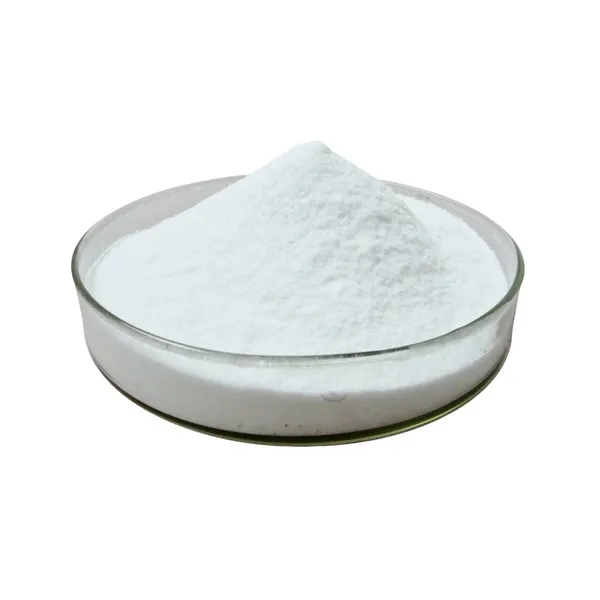


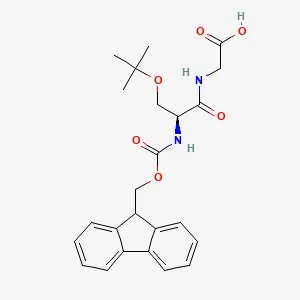
![Fmoc-L-Lys[C₂₀-OtBu-γ-Glu(OtBu)-AEEA-AEEA]-OH](products/2-3-1-fmoc-l-lys-C20-otbu-glu-otbu-aeea-aeea-oh_01.webp)
